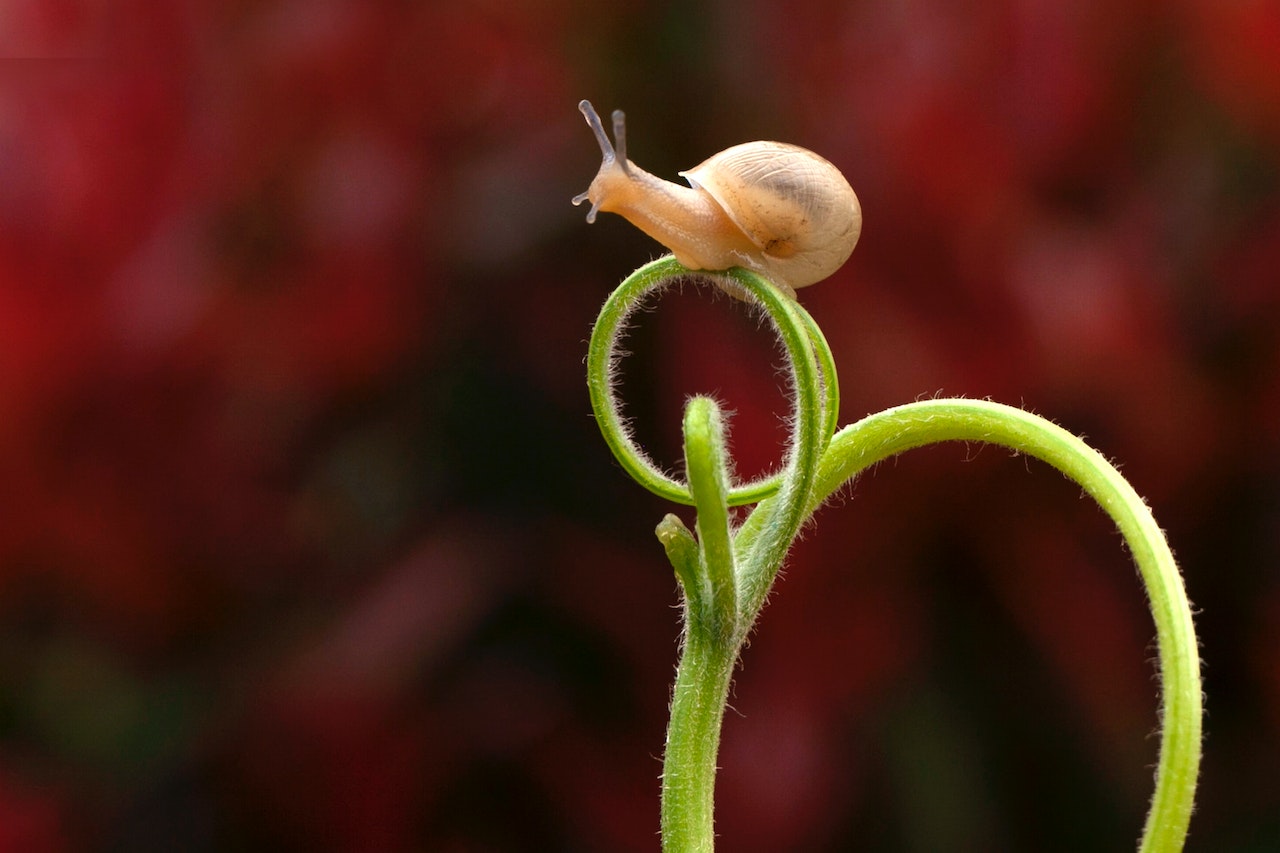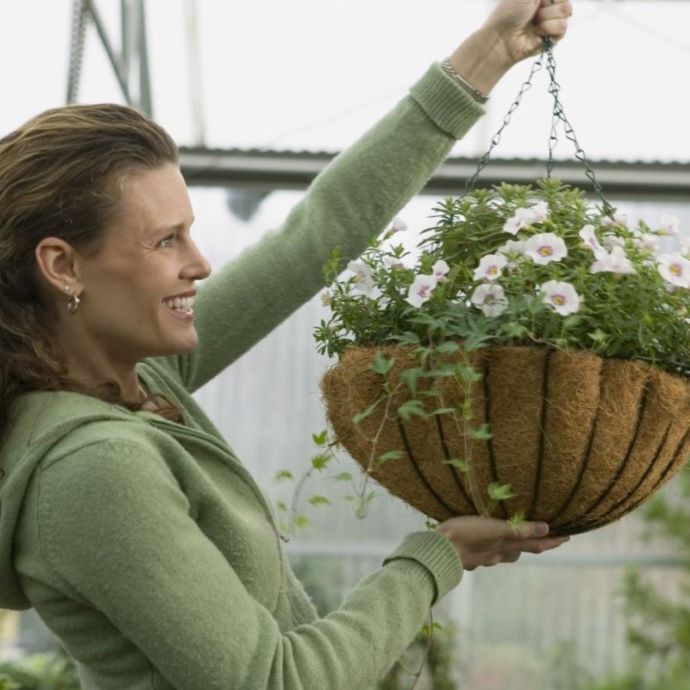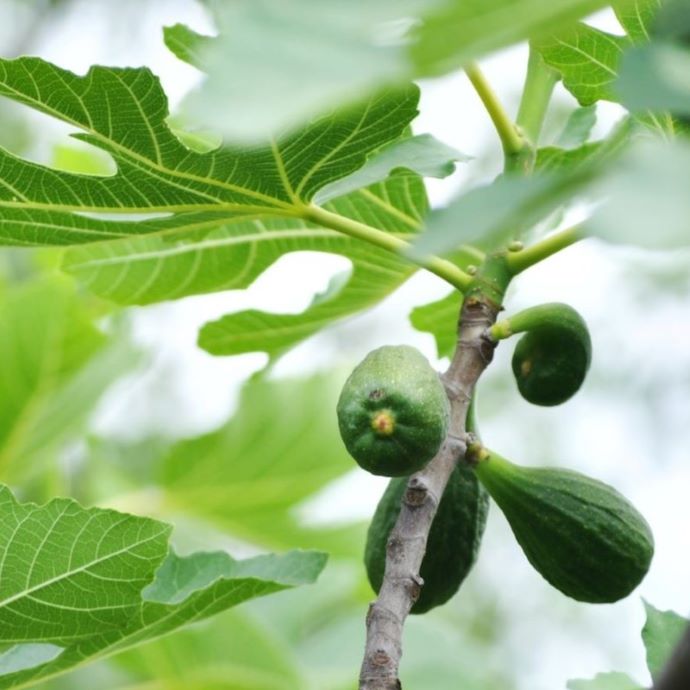Advice & Inspiration
How to Grow Peas
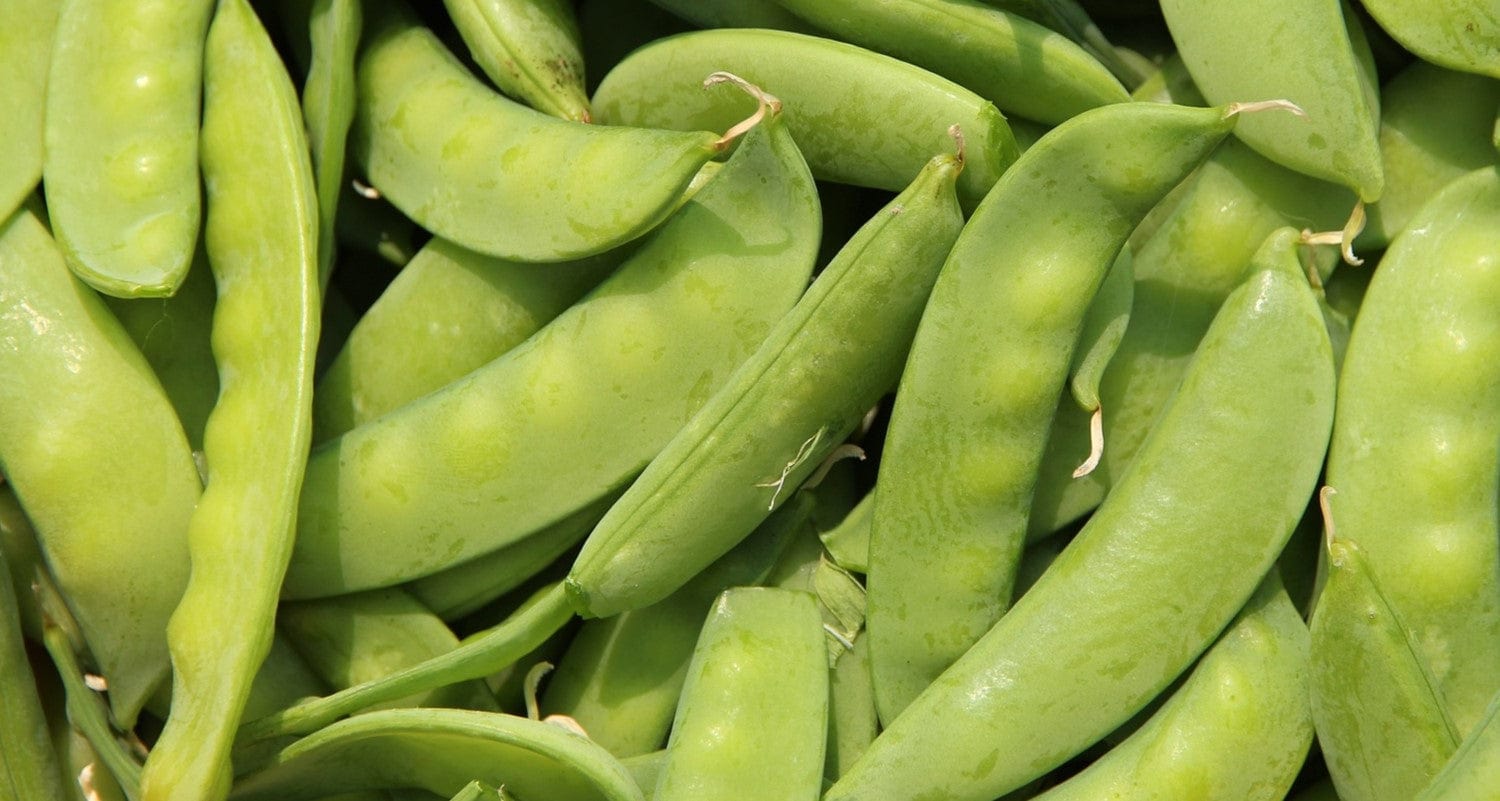
There's nothing like freshly picked peas eaten straight from the garden! Luckily they're easy to grow - follow our step by step guide for all you need to know.
Most common Pea plant questions
When can I plant Peas?
Peas are planted outside from March through to May. Wait until the last frost has passed and the temperature is consistently above 10℃.
How much sun do Peas need?
Pea plants prefer a position in full sun. Plant them where they will receive around 6-8 hours of direct sunlight every day.
What kind of soil do Peas need?
Pea plants need fertile, well-draining soil. A good mix of three parts quality compost and one part topsoil works well. Peas in particular do not cope well in waterlogged soil so ensure there is adequate drainage, especially if your soil is clay-heavy. If possible, add a layer of well-rotted manure to the soil in the previous Autumn and allow that to mix in to add nutrients and also improve the soil’s texture.
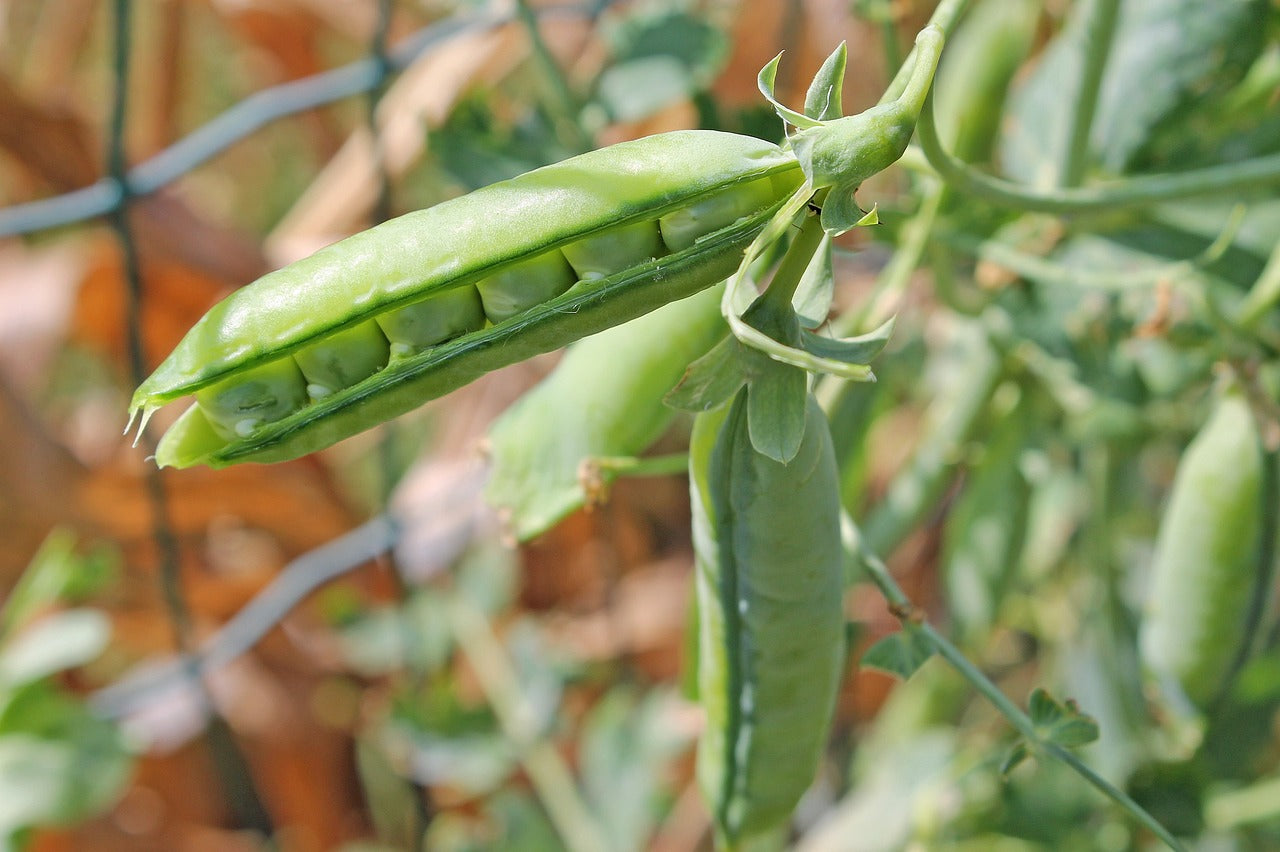
How far apart should I plant my Peas?
Peas should be planted 12-13cm apart. They are best planted in rows where several plants can grow at once. If you are planting your peas in a container then make sure it measures around 30cm across and has holes to allow for drainage.
How much water do Peas need?
Peas need to be watered regularly so that the soil doesn't dry out. On hot Summer days peas will need to be watered up to once a day. If you are unsure, simply touch the soil and if it is dry to the touch a fingernail deep then give the plant some water. Until Summer the British rain should take care of the water your pea plants will need and in fact you have to be careful the ground does not become waterlogged.
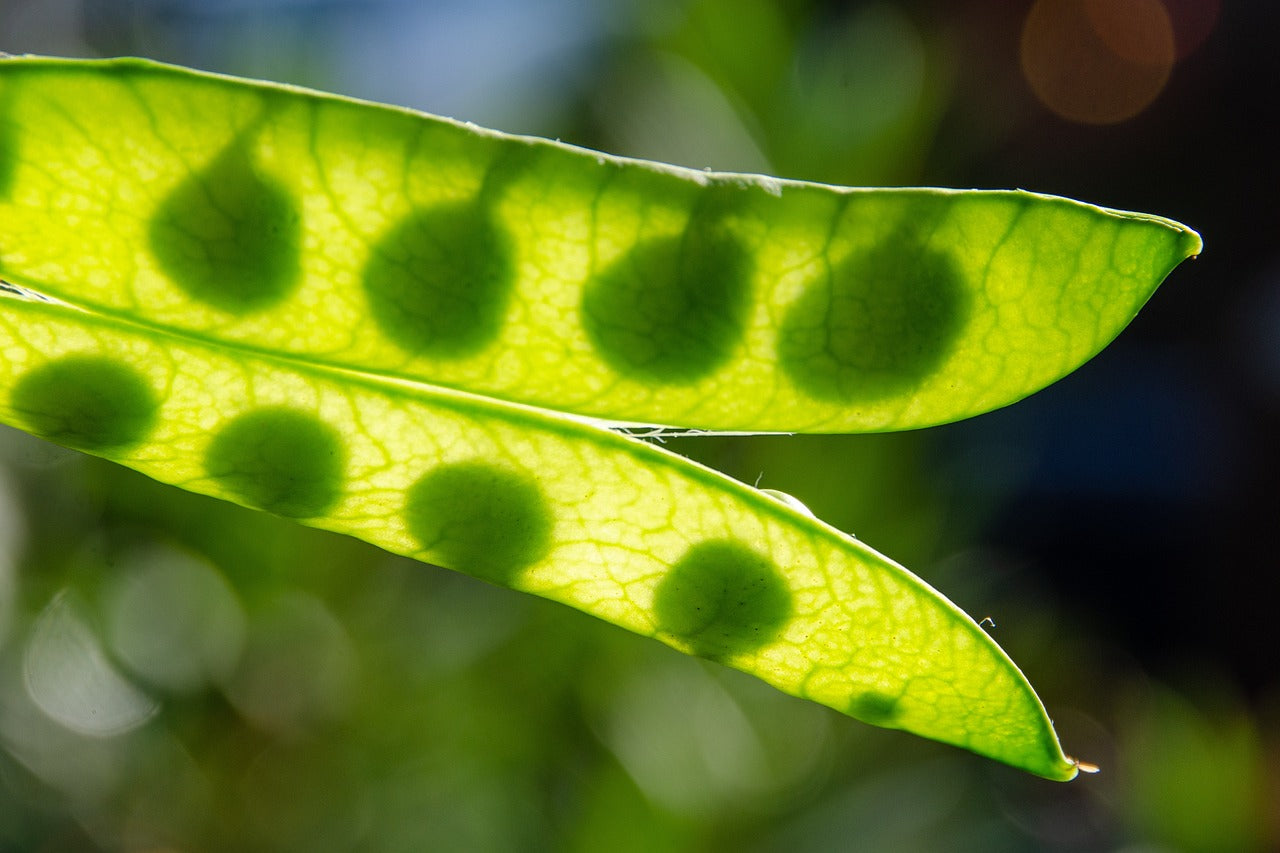
Do Pea plants need support?
Pea plants will need to be supported and grow vertically. This can be done by training the plants up an A-frame (read below for instructions) or trellis. Your support will have to be at least 1.5m tall. The pea plants should grow tendrils that will reach up and start climbing the structure. You can aid this process by gently wrapping the new growth around the support structure to help it to cling on. You can also insert ‘pea sticks’ near the base of your plant to help them start their climb. Pea sticks are simply small (not much bigger than a foot), twiggy branches planted into the ground making what looks like a little tree. The pea plants will first climb onto these and then continue up the taller support.
An A-Frame is a structure that consists of at least two support arches with another beam (usually just a stick in this instance) laying across the top. The arches, when it comes to A-Frames used in gardening, are usually two sticks, such as bamboo, planted around a foot or so apart with their top ends tied together to make what looks like a very long triangle. You will want one of these arches every 15-20cm when growing peas, in the end form a row of arches. The pea plants will climb up the poles to the top. To help with this process and to give them even more support, you can tie rows of string around the arches every foot or so. This will be an extra something that the plants can grab onto as they are climbing up.
How to feed Pea plants
Pea plants are hungry and will need regular feeding. Once they have started flowering then you should promote pod growth by giving the plants a weekly feeding of a high-potash fertiliser such as organic liquid tomato feed. Potash, or potassium, is one of the three main elements in fertilisers along with nitrogen and phosphorus. Potash in particular supports growth of flowers and fruit and so this feed is often increased as the fruits or flowers are beginning to form.
How to harvest Peas
To harvest the pods, gently pull them off from their side shoots. The pea pods will take around 2-3 months to grow. You should be able to see and feel that the peas have reached a mature size. Peas should be firm to the touch.
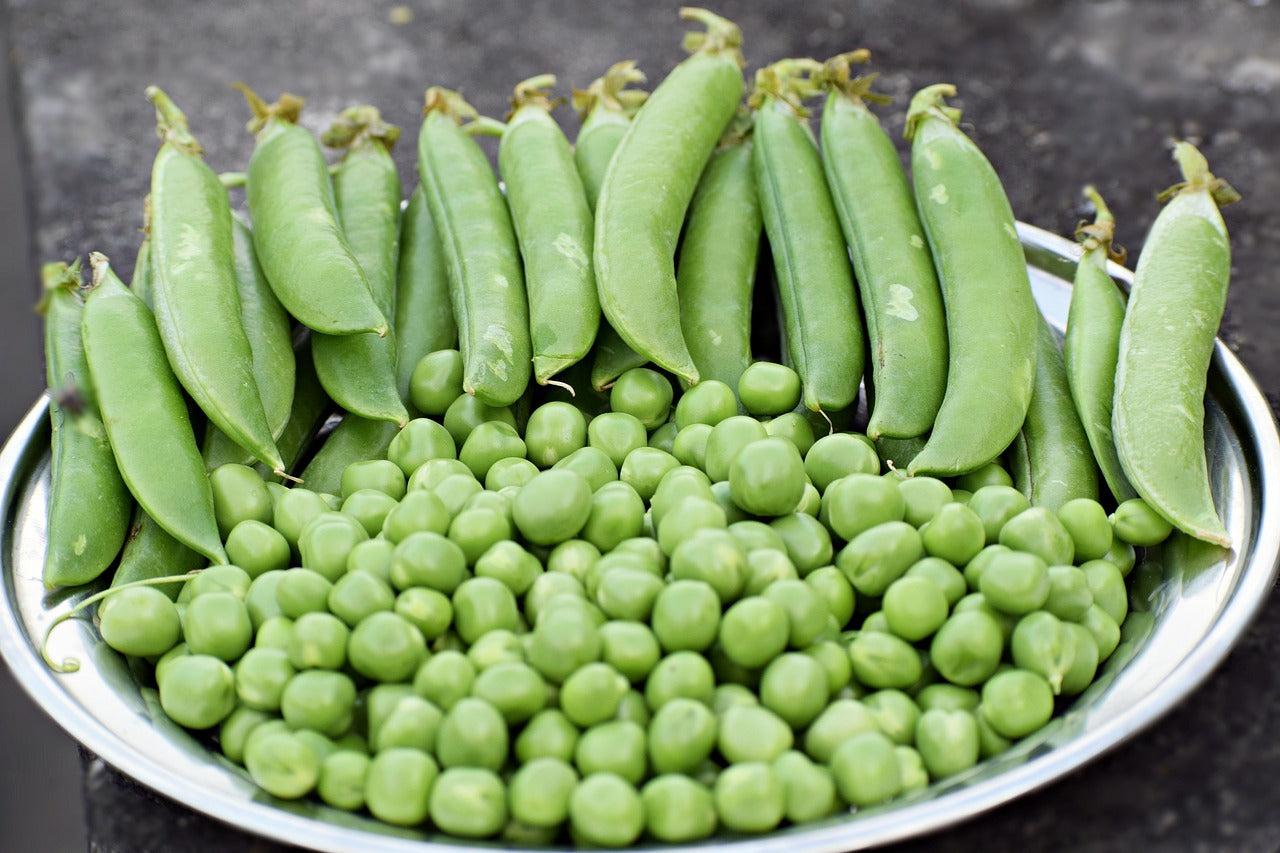
Common Pea plant problems
The three main issues affecting Pea plants are Pea Moth, Pea Leaf Weevil and Powdery Mildew. Rodents can also be an issue but they are mainly concerned with taking the Pea seeds which won’t be an issue if you buy them from Roots because we supply the plant as a plug. To prevent the pests you can cover your plants in a fine horticultural fleece. To prevent Powdery Mildew you should try and keep the plant dry and maintain good garden hygiene. Read more about the specific problems below.
Pea Moth
Pea Moths are tiny little moths which lay their eggs inside Pea pods. The caterpillars feed on the peas inside, turning them into a brown mush. Unfortunately, you may not realise the damage until it’s time for harvest and you open up the peas. To prevent Pea Moths you should cover your plants in a fine horticultural fleece which will prevent the moths from landing on your plant and laying their eggs.
Pea Leaf Weevil
Pea Leaf Weevils are smallish (can grow up to 5cm) beetles. They take little bites on the ends of leaves. A fully grown pea plant may be able to take the damage but an infestation may be enough to kill the younger seedlings. Again, the best form of protection is to cover your plants in a fine horticultural fleece, especially when they are young and more susceptible to weevil damage.
Powdery Mildew
Powdery Mildew is a fungal disease that attacks the leaves and stems of a plant, leaving a white powdery residue. It can cause stunted growth and affect crop yields. Powdery mildew thrives in hot humid conditions. To prevent it from affecting your plant try to keep the ground free of weeds, water at the base of the plant in the morning so the day has enough time to evaporate away the surface water and try to prevent splashing from the ground to the leaves. Burn the leaves or bin them, do not put them into the compost. If your plant is suffering from powdery mildew then promptly prune away infected leaves at the stem with a sharp, sterilized tool. If you cut one leaf away be sure to sterilize the tool before touching another part of the plant or other plants in your garden as this can cause the infection to spread. You can then spray the plant down with a mix of one teaspoon of baking soda mixed with a litre of water.
